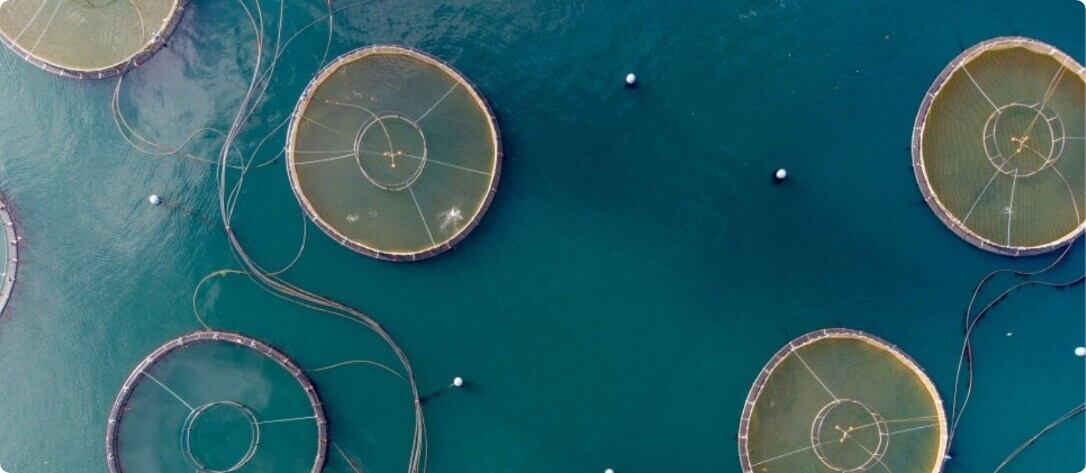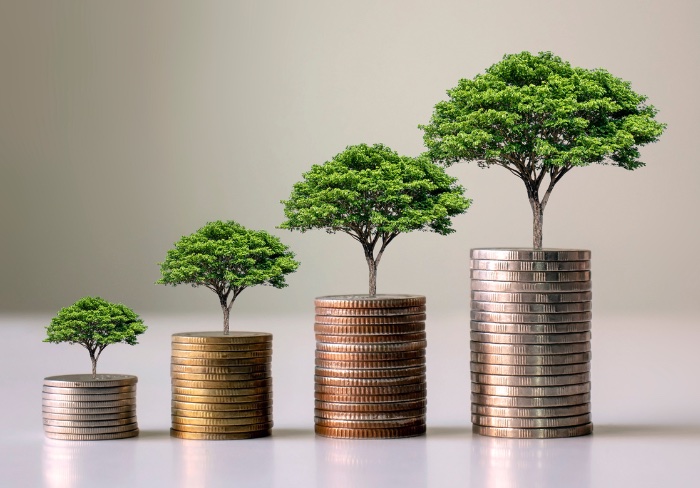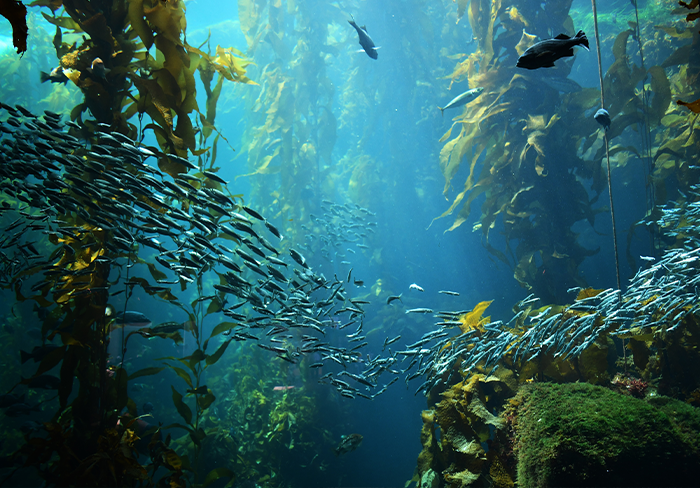
There are 8 billion people in the world, and there will be almost 10 billion people by 2050. That means food production will need to increase by 25% (approximately 1 billion metric tons) in the next 30 years.
There simply isn't enough space to do this on land. So, we need to turn our attention to the oceans. Nobody lives on three quarters of the earth, and only a small portion of the oceans are farmed. The oceans are the logical solution to the looming food crisis.
What Is the Future of Food?
Nobody knows for certain what the future of food is, but we can make educated guesses.
This is my 20,000-foot view on the future of food. Everyone knows we cannot continue on our current trajectory, so logically the way food is produced will change.
We will see more food being produced in factories, which some people will dislike, and other will accept. As a result, we will see a split between natural food eaters and people who eat factory-produced food.
But, regardless of where the food is produced, I believe we will mainly become plant-based eaters. However, the world won't turn vegetarian overnight, and meat and fish definitely won't disappear.
The way we package food will also change. We will use more biodegradable materials, like paper, bamboo, and cork, and less plastic. You only have to walk into your local supermarket to see that this change has already begun.
We will also become more innovative with food packaging to reduce damage and prolong freshness, which will both reduce waste. With a fast-growing population, we cannot afford to waste tonnes of food.
What is the Future of Food Production?
The future of food production is as uncertain as the future of food. It's also a vast topic, so let's focus in on the future of seafood production.
There are a huge number of people who will want naturally produced food, which used to mean anything not produced in a factory. However, pollution has caused a shift in what people mean when they say natural. Natural now means "without pollution," something that is unfortunately impossible in the open ocean.
And that's where land-based aquaculture and certain costal aquaculture facilities will step in. Fish bred here are protected from micro-plastics, heavy metals, and most diseases. They reliably produce disease-free clean protein, which will be essential in the coming years.
But, to allow coastal aquaculture facilities to protect fish from pathogens and pollutions, the technology will need to become much more sophisticated. The only way that will happen is if we can create closed systems in the ocean.
What Is the Future of Food Distribution?
Unlike food consumption and production, the future of food distribution is fairly clear cut.
It is going to become much more common for food to be produced next to the market who will eat it. And this shift won’t as challenging as it might seem.
For example, there is nothing preventing a cow farmer from growing tropical shrimp in their shed if they have the capital to buy the initial equipment. And wouldn't it just be amazing if people living in-land could get their seafood from down the road rather than from hundreds of miles away?

 Giles Cadman
Giles Cadman 

